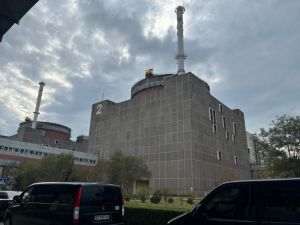Climate change affects the glaciers. Their disappearance leads to a number of other problems. The figures at the global level are worrying, but when they are presented punctually, the effects of the disaster are more precisely understood. An example in this undesirable sense comes from Peru. Global warming has caused the melting of 56% of the surface of Peruvian glaciers in the last 53 years, leading to the formation of new lakes, announced the Ministry of the Environment in Lima. "Since 1962, the Peruvian Andes have lost 1,348 square kilometers of glacial surface, which represents a loss of 56%," according to a report by the National Institute for Research on Glaciers and Ecosystems, an organization attached to Peru's Ministry of the Environment. . The Pastoruri Glacier, which reaches an altitude of 5,200 m in the Ancash region (north) and is one of the jewels of the Huascaran National Park, has lost more than 50% of its surface. The retreat of the glaciers "trains the formation of new lakes", the report emphasizes. Peru currently has 8,466 glacial lakes covering an area of approximately 1,081 square kilometers. "It is a reality of climate change," said the Minister of the Environment, Albina Ruiz. The country, which has the largest tropical mountain range on the planet, possesses 71% of tropical glaciers and has 27 of the 32 climate types recorded worldwide, according to the National Water Authority.
On the other hand, the Secretary General of the UN, Antonio Guterres, visited Chile and Antarctica to directly observe the impact of the climate crisis. In Antarctica, Antonio Guterres saw two glaciers, as well as Copaitic Island, among other places, the United Nations announced. The UN Secretary General was accompanied by the President of Chile, Gabriel Boric. This week, Guterres will share his experience in Antarctica at the UN Climate Change Conference (COP28) that will take place in Dubai.



















































